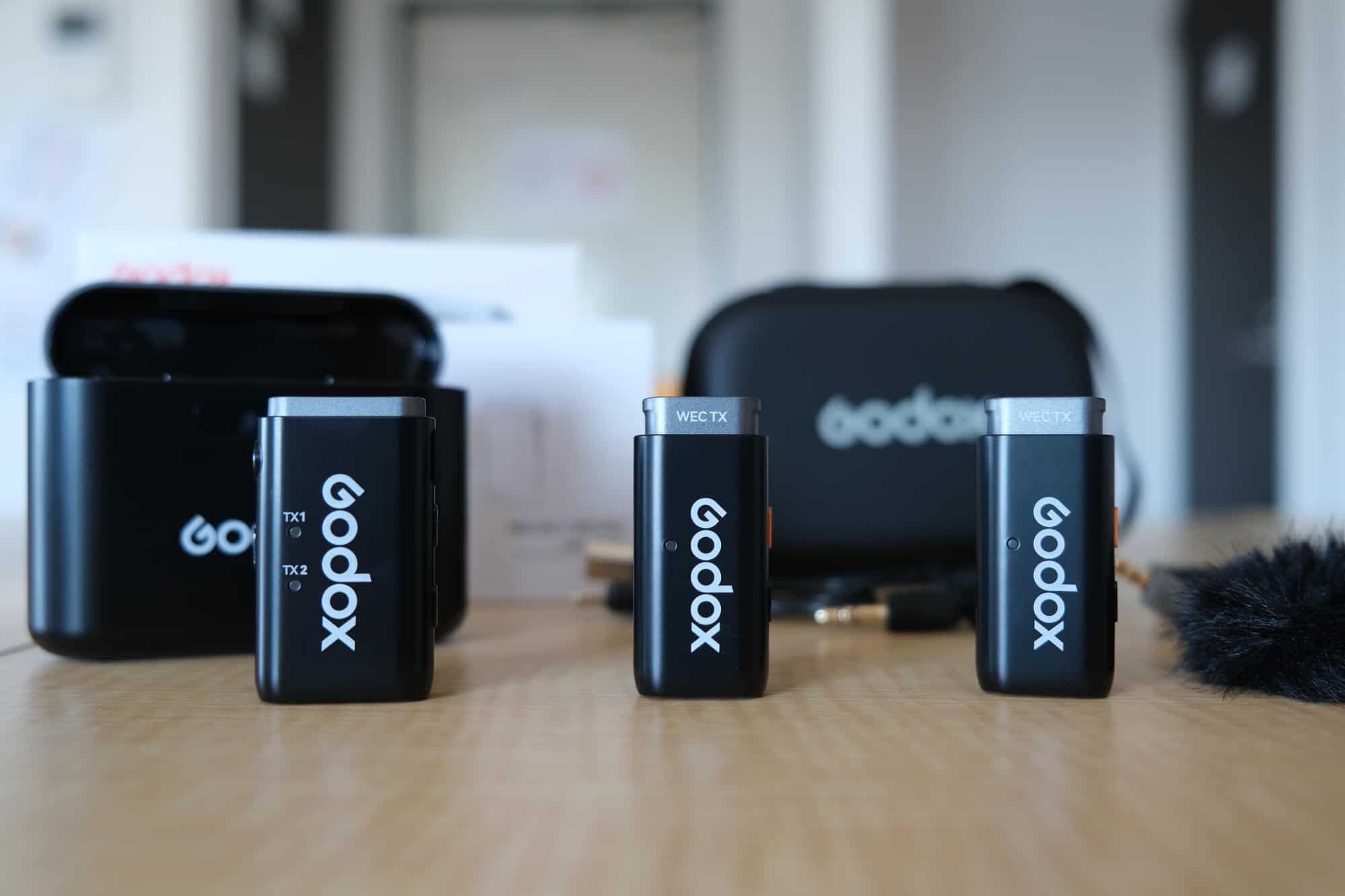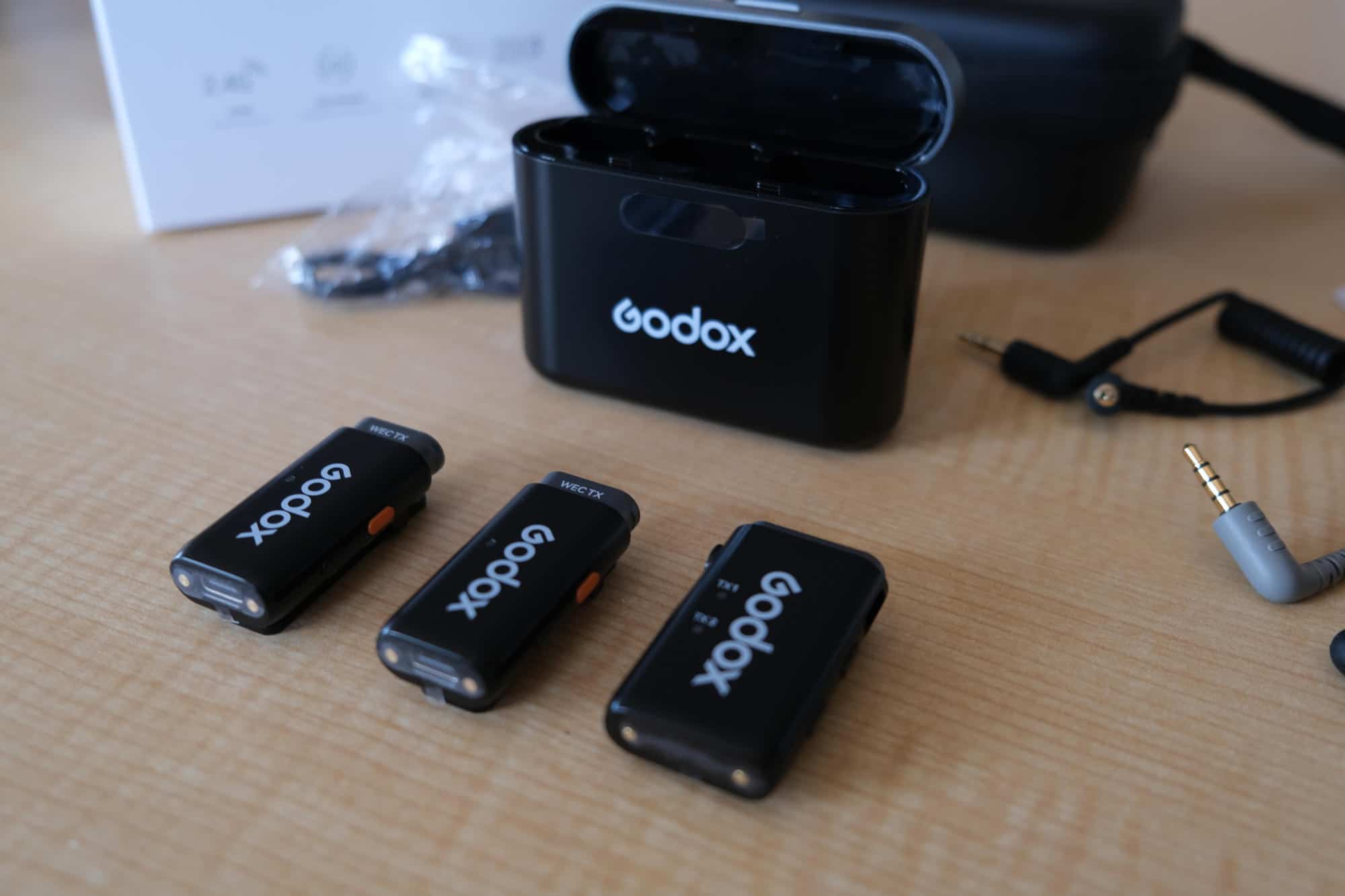Godox has made a name for itself in the lighting gear market, but the company has been expanding into audio releasing several microphone systems including the MoveLink M2 II and Virso/Virso S.
Now we have the WEC, which is Godox’s attempt to cater to the budget segment of the wireless lavalier microphone market. Priced under $100, it targets vloggers, live streamers, and various other creators who seek quality audio without burning a hole in their pocket.
Godox recently sent me a review copy of the WEC kit to test out and see how it stacks up against competitors in the affordable wireless lav microphone space. After spending some time with the system, here is my hands-on review.
Godox WEC Kit2
- Small and lightweight
- Long battery life
- Effective noise cancellation mode
- Price
- No backup recording
- No battery indicators on individual components
Table of Contents
What’s in the Box?
For this review, I received the Kit2 package. Unlike the basic Kit package, which only comes with a single transmitter, the Kit2 package includes two. Solo creators will be fine with the standard Kit package, but those planning to record interviews or similar will want to pick up the Kit2. Note that you can buy an extra transmitter/mic separately.
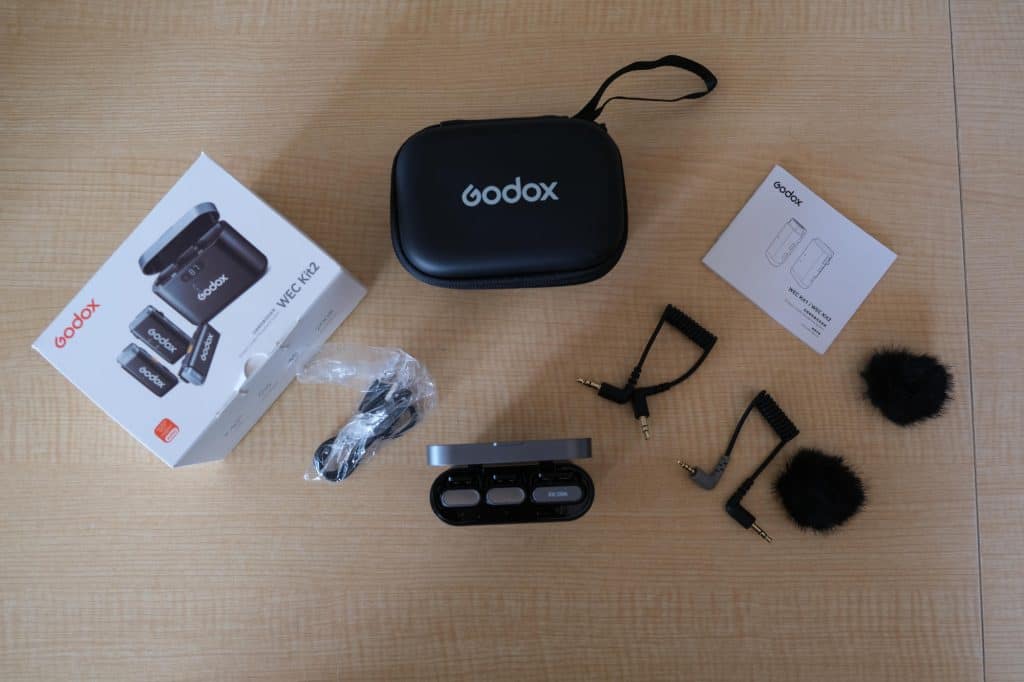
Here’s what is included in the box:
- Receiver
- Transmitter (mic) x2
- Furry windscreen x2
- Charging case
- USB to Type-C cable
- 3.5mm TRS-TRS audio cable
- 3.5mm TRS-TRRS audio cable
- Carrying case
- Instruction manual
Overview and Features
I received the WEC Kit 2 package, which includes two transmitters with built-in omnidirectional lavalier mics, as well as a receiver unit. This gives you the flexibility to capture audio in stereo using two mics as opposed to the single mic you get in the WEC Kit package.
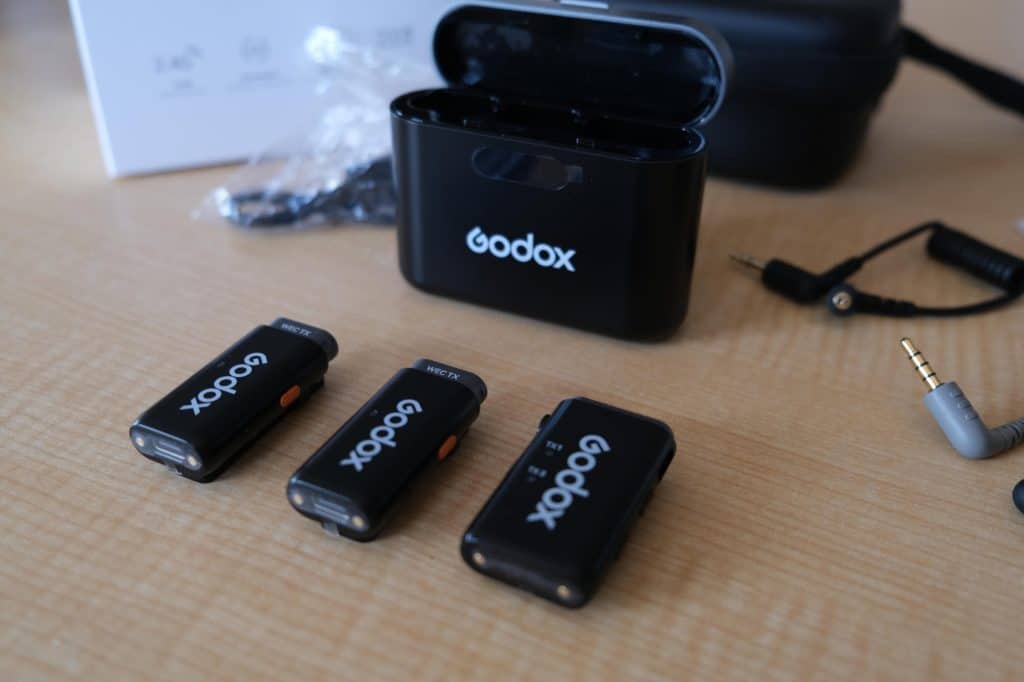
Some key features and specs of the WEC system:
- Omnidirectional pickup pattern on transmitters
- Frequency response of 20Hz to 20kHz
- 86dB dynamic range
- Compact and lightweight transmitters – each one weighs only 12g
- 2.4GHz wireless transmission with frequency hopping to mitigate interference and dropouts
- Up to 656ft/200m max range
- Gain control on receiver (+/- 6dB)
- Battery life of up to 8 hours (transmitters and receiver)
- Charging case doubles as a power bank to charge units on the go
Design and Build Quality
The Godox WEC system features a compact and minimalist design. The transmitters with built-in mics are tiny and easy to clip on discreetly. The receiver unit is also compact, in part because it foregoes a LCD screen that are found on some of the more expensive wireless lav mic systems.
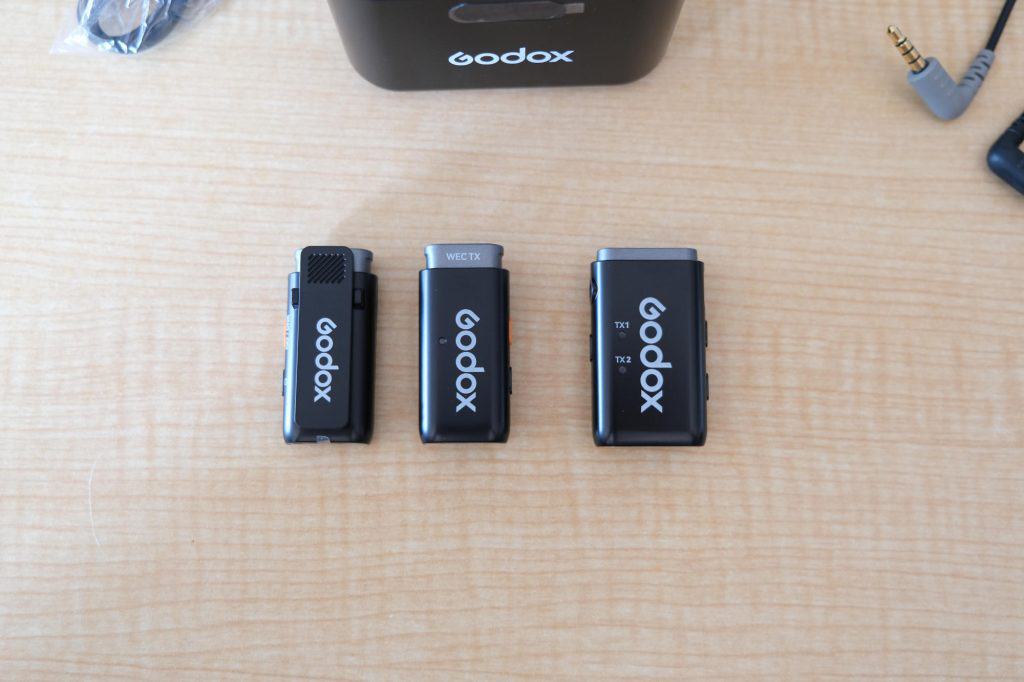
The charging case is thoughtfully designed – unlike some competitors where the case only charges when plugged in, the WEC’s case features a built-in battery that can fully charge the transmitters and receiver twice over when on the go without an external power source. Very handy for travel and all-day shoots.
The build quality of the transmitters and the receiver feel solid given the budget price point of under $100. The hinges on the charging case feel a bit flimsy, but they get the job done. Keeping everything in the generously included padded carrying case will ensure everything remains ok during transit.
Set up and Connections
Setting up the WEC system is quick and simple. Turn on the receiver and transmitters, and they automatically pair together once in range using the 2.4GHz wireless connection. There’s no need to manually pair the devices, but you can manually press the pairing button to put them in pairing button if things go awry.
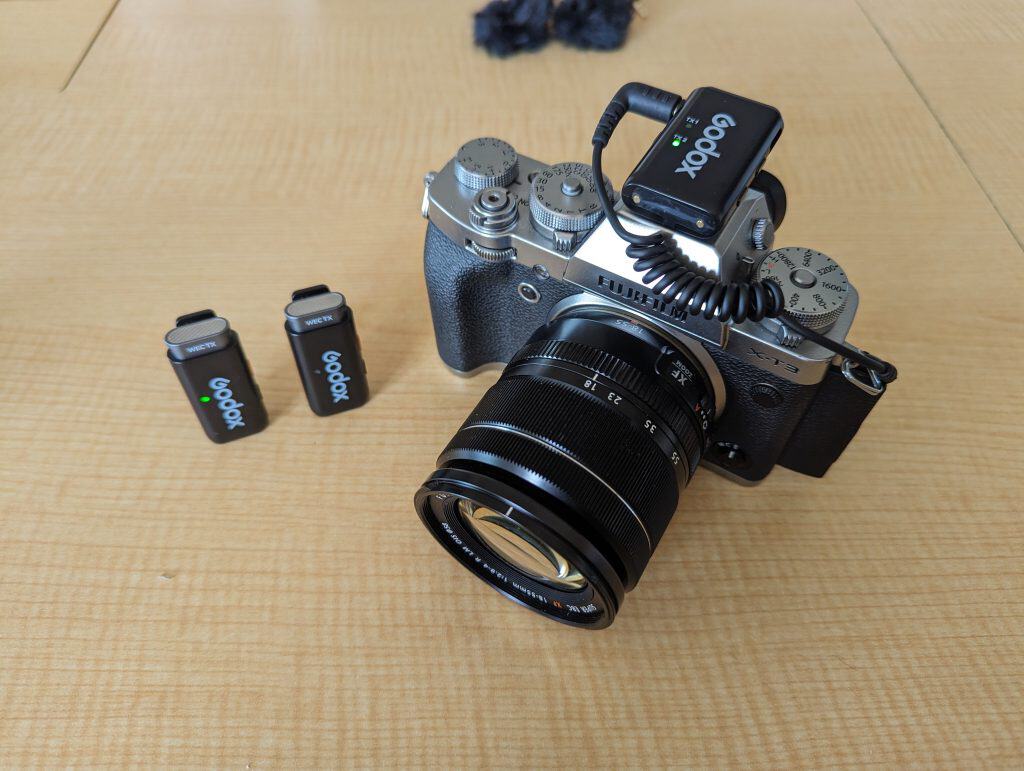
The receiver features both a 3.5mm output jack which is what you’ll use to connect to your mirrorless camera or other recording device. If you’re using a camera, you’ll connect using the TRS-TRS cable, and if you’re connecting to a smartphone or computer you’ll need to use the TRS-TRRS cable with the TRRS cable connected to the other device. This is important as using the TRS-TRS cable with your phone or computer will not work.
The receiver and transmitters all feature USB-C ports as well. These are only for charging, they are not for transferring any sort of data or audio signal. This means that if your phone lacks a 3.5mm audio jack, the only way to use the WEC as a mic for your phone is to have a USB-C to 3.5mm adapter.
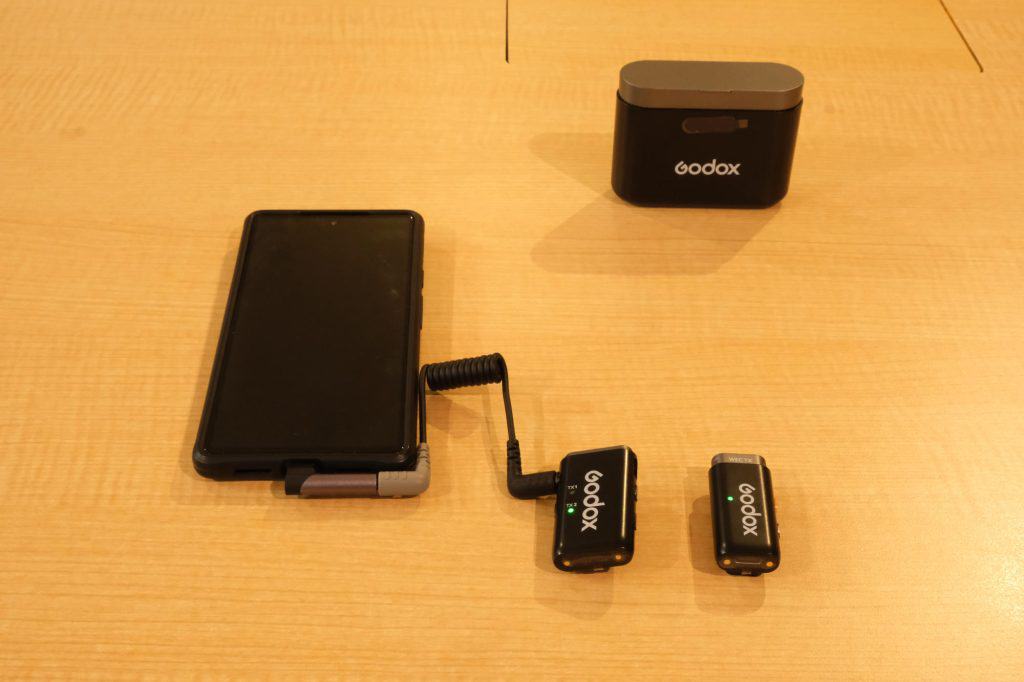
Audio Quality
When connected properly to my camera, I found the audio quality captured by the WEC to be very solid for a sub-$100 wireless lav system. The sound is clean and clear, with no audible static or white noise even in long range tests. Voices are reproduced accurately and naturally.
The frequency response rating of 20Hz to 20kHz means the mics can pick up a wide range of tones and frequencies accurately. As a result the WEC is more than good enough for capturing voice audio in interviews, speeches, YouTube videos, live streaming and more.
The system also does a good job rejecting ambient background noise even with the Dynamic Noise Reduction setting turned off. This means you can use the mics confidently even in somewhat noisy environments without too much bothersome background noise coming through.
However if the level of background noise is high, you have the option of enabling the noise reduction mode which will further isolate your voice from the background noise. It does slightly change the texture of your voice, so I prefer to use it only when really necessary.
Another helpful extra feature on the receiver is the ability to adjust the gain from -6dB to +6dB using the +/- buttons. This allows you to tweak the audio levels of the transmitters to optimize levels and prevent peaking/distortion.
When connected to my phone, I noticed a fairly significant drop in audio quality compared to when connected to my camera. I am not sure what is causing this, but I will update this article if I ever find the reason why.
Update (Oct 30): It seems my cheap 16bit/48kHz USB-C to 3.5mm adapter was the culprit. I checked this by connecting it directly to my computer’s 3.5mm jack, and comparing it when connected to my PC using the cheap adapter instead. Whenever the adapter is involved, the sound quality deteriorates.
Mono vs Stereo Recording
The Godox WEC lets you switch between mono and stereo modes by pressing the ‘M’ (mode) button on the receiver.
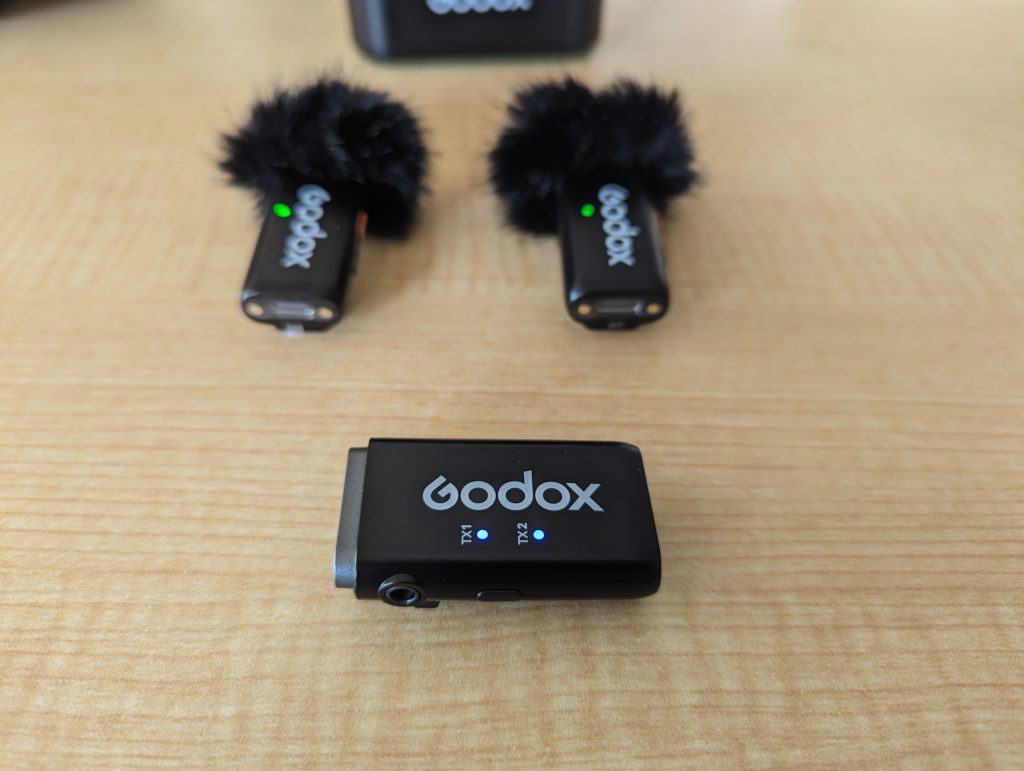
When you’re recording with both transmitters, I recommend you record in stereo mode so that you can separate the audio channels coming from the two transmitters, rather than end up with a single audio channel that contains audio from both mics.
The ability to capture audio in stereo is a feature often missed by budget dual-mic wireless lav systems.
Battery Life
Battery life is a big strength of the WEC system. Godox rates the transmitters and receiver as lasting approximately 8 hours on a single charge. In my testing I never got to test the WEC’s battery limits as I haven’t used them for such extended lengths of time.
The charging case provides exceptional convenience here – it can fully recharge both transmitters and the receiver twice over before needing to be recharged itself. So in practice, you can keep recording for an entire day or multi-day shoot without worrying about battery life, as long as you have the case with you.
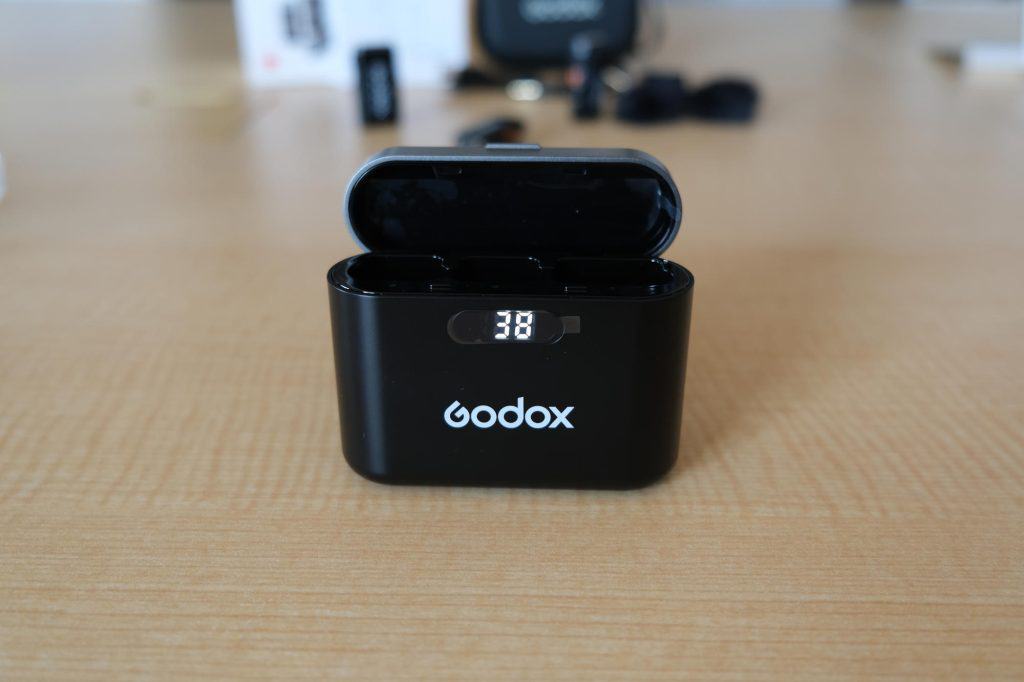
However, a big issue is that the transmitters and receiver themselves don’t have any battery level indicators on the devices. The charging case has a LED indicator that shows its own battery level, but there’s no obvious way to tell how much juice is left on the transmitters or receiver. This is an oversight that could lead to one of the units unexpectedly shutting down mid-shoot if you’re not keeping a mental tab on how long they’ve been used for without charging.
Range
The Godox WEC utilizes a 2.4GHz wireless transmission with frequency hopping, which helps avoid interference and signal drops. Godox claims an operating range of up to 656 feet or 200 meters.
In my open field range tests, I walked around 150 feet away from the receiver without any issues. This level of range is very respectable for a wireless system of its price. Indoors, I was able to walk into other rooms over 50 feet away and maintain a steady signal with no drops.
So for most intended use cases such as vlogging, YouTube, live streaming and interviews, the range of the WEC should be more than sufficient. It’s certainly much higher than cheaper lav systems that only offer 65-165 feet of range in ideal conditions.
WEC vs Other Budget Lav Mics
Compared to even more affordable sub-$50 wireless lav microphone systems aimed at vloggers and content creators, the Godox WEC justifies its slightly higher price in a few areas.
The improved antenna design and transmission power provides greater wireless range of over 650 feet, compared to the more limited 65 to 165 feet range of ultra cheap systems.
The receiver unit not being directly attached to the mic also prevents issues like not being able to plug it into your camera or phone properly. And the ability to record true stereo audio instead of just mono on most budget wireless lavs is a big plus.
In terms of audio quality, the WEC also captures cleaner and more accurate sound compared to the noisier or muffled audio quality you’ll often get with super cheap wireless lav mics. You also get furry windscreens as opposed to foam windscreens, which provide vastly superior wind noise attenuation.
So while the WEC costs more than the most barebones lav mic kits, the boosts to wireless range, audio quality and features make it worth spending a little more in my opinion.
Who’s It For
Let’s get one thing straight, this system isn’t designed for professional video or audio productions. Wireless lavalier systems used in broadcasting use regulated UHF bands instead of the 2.4GHz radio frequency band, because the 2.4GHz band is unregulated and congested with all kinds of consumer devices. These kinds of systems cost in the thousands, usually from brands like Lectro, Zaxcom, Shure, and Sony among others.
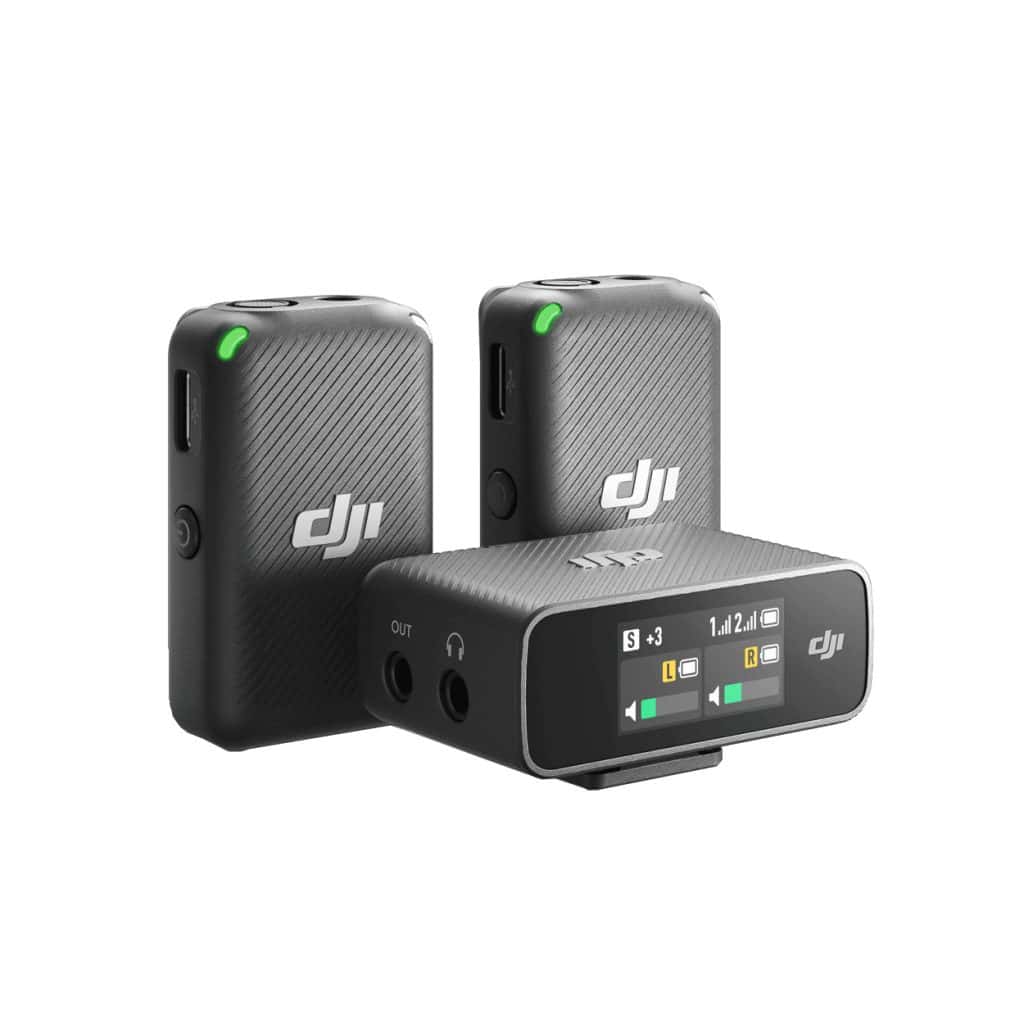
Rather, the Godox WEC is targeting the same audience that other 2.4GHz wireless mic systems like the DJI Mic and Rode Go Wireless Mic II. That is, the new generation of content creators on channels like YouTube who want to create high-quality productions, but simply don’t need the same level of assurances during production.
The Godox WEC brings the same quality of audio as those consumer microphone systems at a fraction of the cost. This makes this type of microphone even more accessible among creators who might have a hard time justifying more expensive systems. The main thing you lose out on is internal recording as a backup, but if that doesn’t concern you then you will save yourself a significant amount of money that can be spent elsewhere.
Conclusion
For under $100, the Godox WEC impresses me as a very capable wireless lavalier microphone system for vloggers, content creators and streamers looking for an affordable dual lav setup.
You get long wireless range, great battery life, a portable design, and solid audio quality for the price. The ability to record in true stereo via two transmitters is a bonus not found on most competitors around this price.
The main downsides are the lack of battery indicators on the transmitters/receiver, and the lack of internal recording.
But overall, the WEC is a great alternative to more expensive lav systems that might have a few extra features and more sophisticated designs, but don’t offer much improvement in performance or audio quality.
8.5/10

